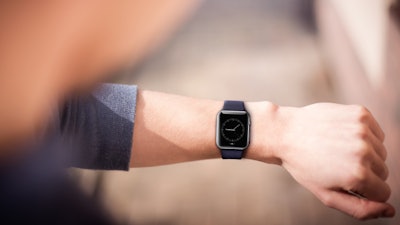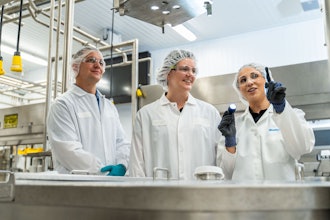
As the digital transformation of manufacturing accelerates, we are witnessing a pronounced shift towards the adoption of innovative technologies to augment workplace safety. The present landscape is characterized by increased usage of wearables, AI vision processing technology, and data-driven strategies, all oriented towards promoting musculoskeletal safety and cultivating a more robust safety culture.
Progressive manufacturers see a wide-scale integration of wearables, devices equipped with sensors, and connectivity to monitor workers' physiological status and the surrounding environment. These technologies can preemptively identify risk factors, minimize fatigue, and optimize workers' physical well-being.
Concurrently, AI vision processing technology provides an added layer of safety. These systems use machine learning algorithms to process video data in real-time, alerting of potential hazards, unsafe behaviors, or deviations from established protocols. This technology has proven transformative, especially in minimizing common musculoskeletal injuries, by promoting safe movement and body mechanics.
The brake manufacturer ADVICS, through a strategic collaboration between their safety and engineering teams, leveraged SoterTask, an AI vision processing technology, to reconfigure their conveyor system. Their implementation led to a 23 percent overall risk reduction, and corresponded to a 66 percent decrease in right-arm risk, emphasizing the potential of smart technologies and proper techniques in mitigating workplace accidents.
Data-Driven AI
While AI vision technology is creating safer work environments, data-driven AI is playing a pivotal role in fostering proactive safety measures. It’s being integrated into hiring processes, return-to-work protocols, and injury prevention strategies, creating a comprehensive safety approach.
A major clothing company provides a compelling example of data-driven AI's effectiveness. Struggling with high worker turnover rates, they implemented a wearable device program for new hires. This strategic move was specifically designed to support workers during their initial period. Leveraging data generated from the wearables, they made ergonomic adjustments, moving larger items to waist-level racking to reduce frequent twisting. This use of data-driven AI helped the company create a safer work environment, reduce worker strain, and, ultimately, decrease turnover rates.
Providing real-time biofeedback, wearables encourage safer work practices by raising awareness about potentially hazardous movements. In a large warehouse, workers, including a 16-year veteran, used wearables for ten days. This intervention led to a 70 percent decrease in hazardous movements per hour, a significant shift to a safer behavioral pattern.
Following this success, managers employed AI vision processing technology to assess the work design based on her movements and tasks. A subsequent collaboration with the worker and her colleagues led to an improved work design. This proactive approach exemplifies how wearables, coupled with collaborative decision-making, can facilitate real, efficient changes that reduce the risk of injuries.
Cultivating a Proactive Safety Culture
A robust safety culture emphasizes active worker involvement in safety training. Real-time feedback democratizes safety initiatives, enabling continuous learning and driving behavioral changes.
Data-driven insights play a significant role in shaping safer workplaces. They facilitate the tracking of safety measures, enabling continuous improvements in risk management strategies and injury prevention tactics. They also help align safety initiatives with broader organizational objectives, fostering a harmonious and safe work environment.
By embracing these digital advancements, organizations can ensure the health and safety of their workforce while driving innovation and productivity. Thus, as we stand on the precipice of this digital era, it's evident that data-driven safety measures will be the driving force behind an enhanced manufacturing environment. The digital transformation is here, paving the way for a future of manufacturing safety that is not only intelligent but also predominantly proactive.
Toni-Louise Gianatti has experience spanning 25 years, in biomechanically optimized movement and posture training. Her dynamic collaboration with Soter Analytics, an AI-driven safety technology developer, has led her to dedicate the last five years to research and publication initiatives.






















